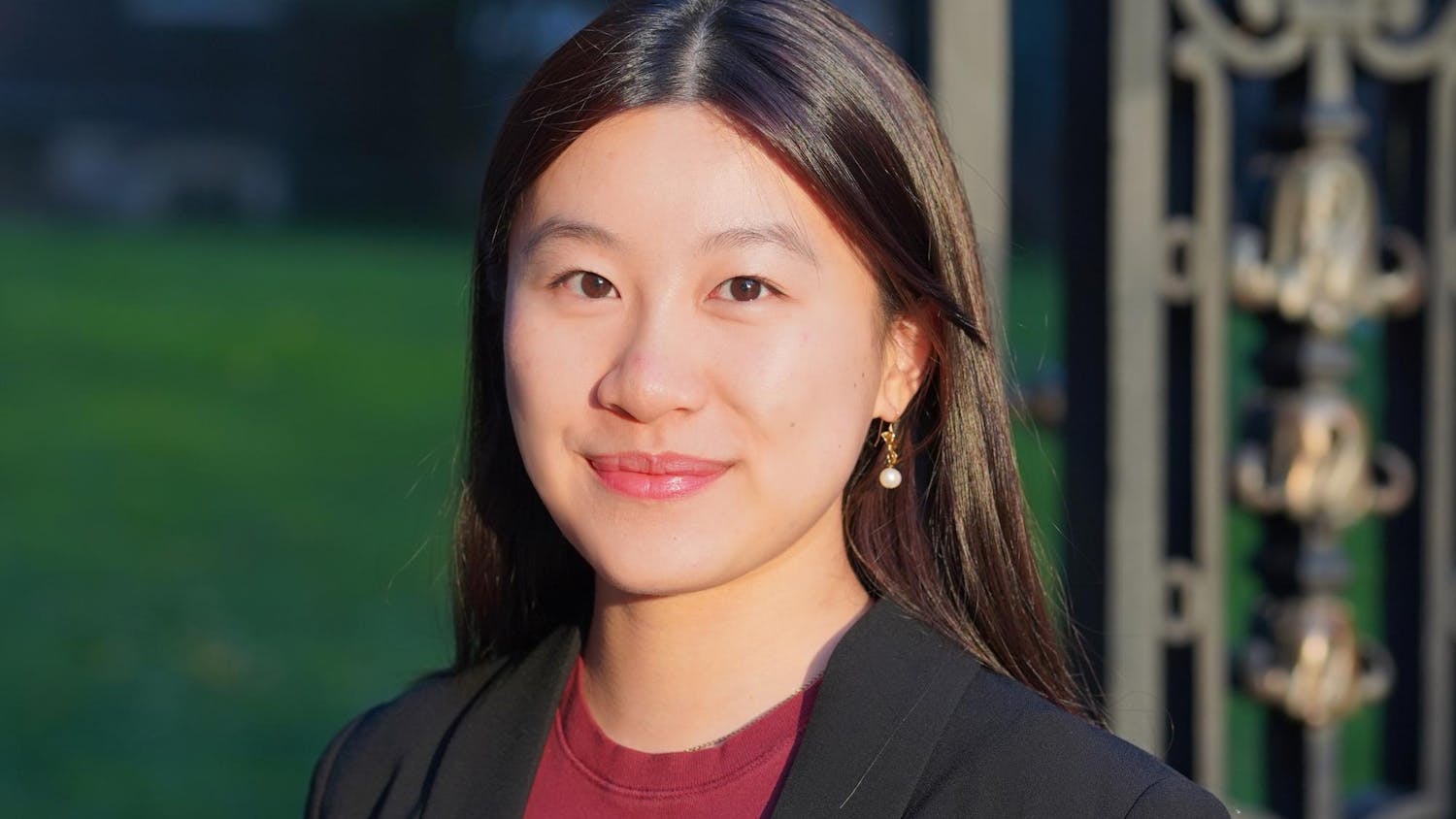The University’s endowment reached a new high of $3.3 billion in the fiscal year ending June 30, 2015, earning a 5.7 percent return, according to a University press release.
This year’s return falls far short of the 16.1 percent mark the endowment posted last year. But this year was a less profitable one for markets on the whole, as the S&P 500 gained just 7.4 percent over the fiscal year compared to 24.6 percent during the previous 12 months.
The 5.7 percent return compares favorably to the returns of other institutions, ranking in the top 25 percent of schools with endowments of at least $1 billion, according to Cambridge Associates.
“In the context of the global economic volatility, we are pleased with the return,” wrote Jane Dietze, managing director of the Investment Office, in an email to The Herald. “At the same time, we believe we can optimize the portfolio to achieve higher returns with less risk in the future.”
But the Investment Committee is not focused primarily on single-year returns, Dietze wrote. “To meet the goals of the University, a single year’s returns are not particularly relevant. It is more important to focus on five- or even 10-year returns,” she wrote.
Dietze added that the endowment’s returns this year are “relatively better” than those over the past three and five years, which exceeded the mean and median returns for schools with $1 billion endowments but did not make the top quartile.
Despite these positive indicators, the University’s return still trailed those of the other three Ivy League schools to have reported theirs so far.
Yale led the way with an 11.5 percent return, followed by Dartmouth at 8.3 percent. Harvard, which has fallen under scrutiny for low returns despite having the largest endowment of any university, barely edged Brown at 5.8 percent.
Dietze cited endowment size as a significant factor in the differences in the schools’ returns. Brown’s endowment is the smallest in the Ivy League.
“The size of the endowment and the percentage the endowment represents of a University’s operating budget are two key factors that affect the amount of risk and therefore returns,” Dietze wrote. “A larger endowment affords a larger investment and operations team. Moreover, larger endowments can make larger investments, which allows them to negotiate lower fees and better terms.”
The endowment distributed $155 million — $18,000 per student — as part of the operating budget. The Corporation limits the endowment’s contribution to the budget to roughly 5 percent of its value to ensure future growth. This year’s distribution composed 4.7 percent of the endowment’s value.
The outlay makes up 16 percent of the 2016 operating budget. The largest source contributing to the budget is tuition and fees, which composes nearly half. Other major sources include sponsored funding, which encompasses grants from federal agencies and other groups supporting research, and auxiliary services, which are self-supporting University operations such as Residential Life, Dining Services and Health Services. Sponsored funding and auxiliary services account for 12 and 11 percent of the budget, respectively, and fundraising adds another 6 percent.
The endowment’s contribution to the budget goes toward “professorships, more than 60 academic programs and our commitment to meeting the demonstrated need of students on financial aid,” Executive Vice President of Finance and Administration Barbara Chernow ’79 said in the press release.
The fund comprises a wide range of assets: It is 27 percent public equity, 31 percent hedged strategies such as hedge funds, 21 percent private equity, 8 percent real assets, 5 percent fixed-income instruments and 6 percent cash, according to information provided by the Investment Office. Broad ranges for the weights of different asset classes are assigned by the Investment Committee.
Dietze wrote that leveraged buyouts were the fund’s worst performing investments.
“The buyout portion of our private equity portfolio performed below where we would have wanted this year,” she wrote. “We have defined a specific strategy and are actively executing on it to improve the portfolio.”
Dietze said she anticipates few changes in strategy after seeing this year’s returns, noting that the Investment Committee’s evaluation process is always ongoing.
“We continually analyze each asset class within the context of the macroeconomic environment to determine the appropriate investment strategies, allocations and manager selection,” Dietze wrote.




